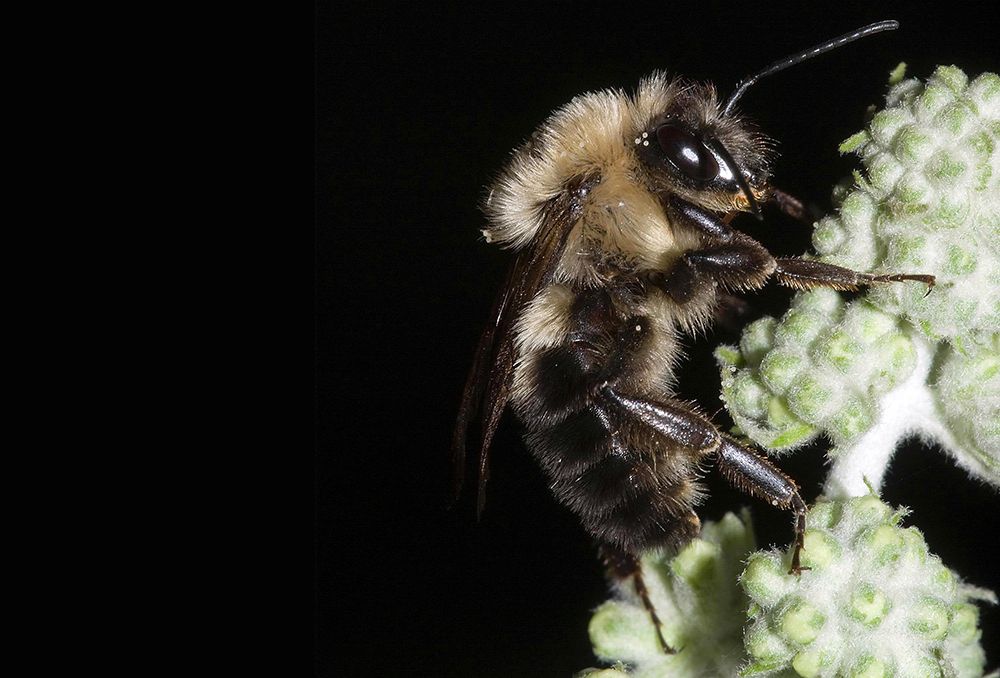This week particle physicists working with the Large Hadron Collider have observed the Higgs boson decaying into bottom quarks for the first time. If you’re the rare member of the general public who fully grasps what that means and why it matters to us ordinary humans, you can skip ahead.
For the rest of us, let’s talk a little about why you should care about things like bosons and quarks, which are the infinitesimal particles that make up everything in the universe.
Particle physics is the study of the ingredients and the recipes that ‘bake’ our reality. Typically we think it’s important to know what goes into making what we eat and drink, so isn’t it worth also looking into the ingredients of existence?
OK, so maybe you’re still not excited by such things, which, unlike a decadent brownie, we can’t see or really even conceive of interacting with in our daily lives. That’s fair. Instead, consider that similar scientific pursuits to understand the unseen nature of our universe have yielded unforeseen breakthroughs and benefits we all enjoy, from our real-time, global communication networks to the defibrillator that might save your life one day.
It’s possible that our understanding of bosons, quarks and their attendant quirks will one day help us develop new, cleaner sources of energy, travel to other solar systems or live longer, healthier lives.
So, on to the Higgs boson, a particle that’s been predicted to exist by physicists for decades, but was only first spotted using the giant Large Hadron Collider in 2012. It’s important because its interactions with a universal energy field called the Higgs field is thought to explain how subatomic particles get their mass.
‘Prior to the Higgs idea, mass was completely mysterious. It seemed to have no origin,’ FermiLab physicist and Higgs Boson co-discoverer Don Lincoln told me via email.
For a deeper understanding of what the Higgs boson is and how it interacts with the Higgs field, Lincoln breaks it down quite nicely with a famous analogy in the below TED video from a few years back.
What’s new this week is that physicists have finally observed the most common byproduct of the Higgs boson for the first time. This is important because the flighty particle is unstable and decays so quickly that it can’t be observed directly. So looking for it is actually done by searching for the byproducts of its rapid decay, like sniffing out a rotten egg by smell alone.
‘Like an apple smashing on the ground, the Higgs boson, through its interaction with the fabric of spacetime, is transformed into the final ‘pieces’ that we measure in our experiment,’ explained CalTech physics professor Harvey Newman.
Scientists predicted that Higgs bosons should decay into a pair of different particles, called bottom quarks, about 60 percent of the time. Most of the rest of the time they decay into pairs of W or Z bosons, yet other types of elementary particles.
So it should make sense to look for evidence of Higgs bosons by looking for the bottom quarks that they most often create.
‘But there is a complication,’ Lincoln explained. ‘Higgs bosons are very, very, rare. They occur in about one collision out of every billion … Most of the more ordinary collisions are made by the strong nuclear force that makes (bottom quark pairs) all of the time. These strong-force-produced bottom quarks totally swamp the Higgs-produced ones like a whisper in a hurricane.’
So in the end, researchers used the less common decay products to find the first Higgs boson in 2012.
‘Researchers were unable to say they had confirmed that Higgs bosons decayed into bottom quarks at all. It was a bit embarrassing,’ Lincoln said.
It’s almost like discovering a new variety of popcorn kernels that are invisible until they’re heated. Now imagine you have to heat your popcorn in a white chamber filled with bits of white styrofoam that look exactly like perfectly fluffy popped corn. Looking into the chamber from outside, the only way you’d be able to prove your discovery is by pointing out the rare dud kernels that failed to pop and just turned into charred, blackened kernels instead. Talk about embarrassing.
So the researchers used a new technique to spot the most common byproduct of the Higgs boson in the form of bottom quark pairs. In our popcorn analogy, it might be like looking at the chamber in the infrared to be able to separate still-warm popcorn from the heat-reflecting bits of styrofoam.
Jason Nielsen from the Santa Cruz Institute for Particle Physics has his own metaphor to describe finally observing the main decay mode of the Higgs:
‘If you were only able to observe the distinctive trunk and tail of an animal, you might convince yourself that it’s an elephant. You could even assume something about the body of the animal, based on your expectations, but it’s much more satisfactory to pull the curtain back and observe the main part of the elephant directly!’
But beyond just being satisfying for researchers, this week’s discovery could also tell us something significant about the universe and where all the mass in it comes from.
‘If you think of the Higgs field as a kind of ‘syrup’ in the vacuum giving mass to particles — it means we seem to need only one kind of syrup, even for completely different types of particles,’ David Charlton, particle physicist and former spokesperson for the LHC ATLAS collaboration, told me.
In other words, this could be the week we discovered that not only is sweet syrup on our pancakes and waffles adding mass to our waistlines, but the sweetest syrup of all could surround us, giving mass to literally everything.
If we continue to identify all the ingredients in the universe’s pantry of particles, it’s sure to have some even more tasty results.




